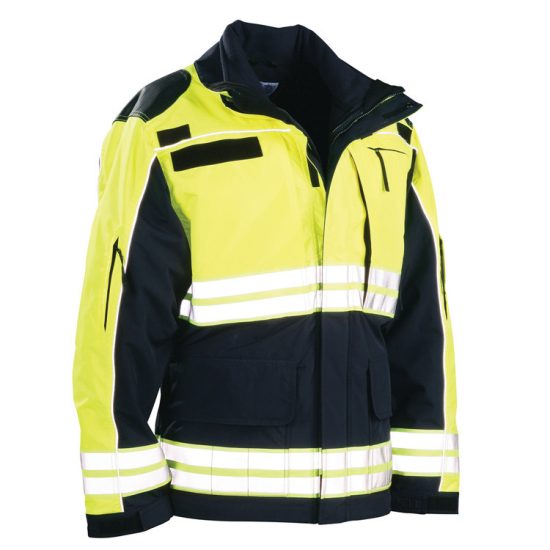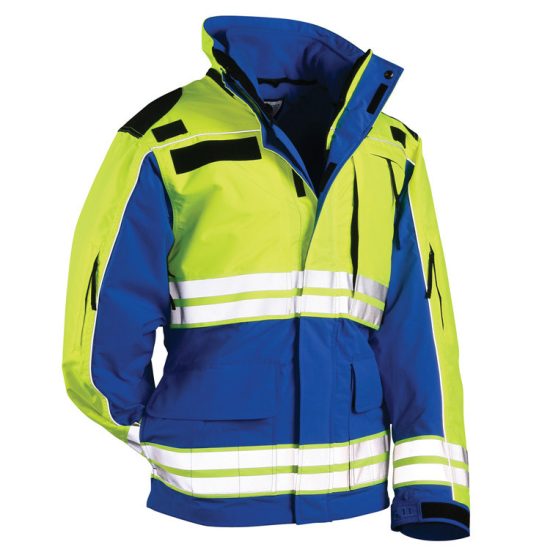Selecting the right safety gear, also known as personal protective equipment (PPE), is crucial to ensure that it effectively protects individuals from workplace hazards. Here are steps and considerations to help you choose the right safety gear:
- Identify Hazards: Before selecting safety gear, assess the specific hazards present in your workplace. These hazards can include physical, chemical, biological, and environmental factors. Understanding the types of risks workers face is the first step in choosing appropriate PPE.
- Compliance with Regulations: Familiarize yourself with relevant safety regulations and standards in your industry. Ensure that the PPE you select complies with these regulations. Compliance is not only essential for safety but also for legal reasons.
- Evaluate the Work Environment: Consider the work environment and conditions. Factors like temperature, humidity, visibility, and noise levels can impact the choice of PPE. For example, workers in extreme heat may require cooling vests, while those in low-visibility areas may need high-visibility clothing.
- Assess the Job Tasks: Different tasks within a workplace may require different types of PPE. For example, welding tasks may necessitate welding helmets with face shields, while chemical handling may require chemical-resistant gloves and aprons. Identify the specific PPE needs for each job task.
- Select Quality Products: Ensure that the safety gear you choose is of high quality and meets industry standards. Look for reputable brands and suppliers known for producing reliable and durable PPE. Cheap or substandard PPE may not provide adequate protection.
- Proper Fit: Proper fit is crucial for the effectiveness of safety gear. Ill-fitting PPE can be uncomfortable, cause restrictions in movement, and may not provide the intended protection. Ensure that the PPE is available in various sizes and that workers are properly fitted.
- Consider Comfort: Comfort is essential to ensure that workers are willing to wear their PPE consistently. Uncomfortable PPE can lead to non-compliance. Look for features like padding, adjustable straps, and breathable materials to enhance comfort.
- Communication Needs: If workers need to communicate with each other or hear important alarms or warnings, consider PPE with features that allow for clear communication, such as built-in microphones and speakers in helmets or hearing protection with communication capabilities.
- Maintenance and Care: Understand the maintenance requirements of the PPE you choose. Some safety gear may need regular cleaning, inspection, or replacement. Ensure that workers are trained in how to care for their PPE properly.
- Training and Education: Provide training and education to workers on the proper use of PPE. They should know how to wear it correctly, when to replace it, and how to identify signs of wear and tear.
- Regular Assessment: Periodically review the effectiveness of the chosen safety gear. Are there new hazards in the workplace that require additional or different PPE? Have there been any accidents or near misses related to PPE use?
- Feedback from Workers: Encourage workers to provide feedback on the comfort and effectiveness of their safety gear. They may have valuable insights that can lead to improvements in PPE selection and use.
In summary, selecting the right safety gear involves a comprehensive assessment of workplace hazards, compliance with regulations, consideration of the work environment, and attention to comfort and fit. Prioritizing safety and involving workers in the selection process can lead to better protection and overall workplace safety.


